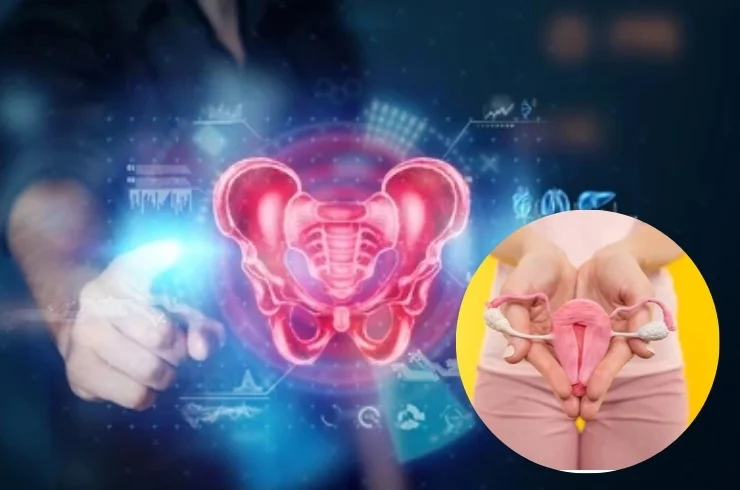
Pelvic and uterine health are crucial aspects of a woman’s overall well-being. The pelvic region encompasses several vital organs, including the uterus, ovaries, fallopian tubes, and cervix, all of which play key roles in reproductive and menstrual health. Pelvic disorders can range from mild discomfort to severe conditions that significantly impact a woman’s quality of life. Some common conditions affecting pelvic and uterine health include endometriosis, uterine fibroids, ovarian cysts, pelvic inflammatory disease (PID), and prolapse.
Uterine health is essential for fertility and overall reproductive function. Uterine fibroids, which are non-cancerous growths, can lead to heavy bleeding, pelvic pain, and fertility issues. Similarly, conditions like endometriosis can cause severe pain, heavy periods, and, in some cases, infertility. Pelvic inflammatory disease (PID), often caused by infections, can lead to chronic pelvic pain and complications if left untreated.
For managing these conditions, treatment options may include medication, hormonal therapies, and minimally invasive procedures such as laparoscopy or hysteroscopy. In more severe cases, surgical options like myomectomy (removal of fibroids) or hysterectomy (removal of the uterus) may be considered.
Early detection and treatment of pelvic and uterine health issues are essential to maintaining reproductive health and preventing complications. Regular gynecological check-ups, combined with a healthy lifestyle, are key to managing and preserving pelvic health.